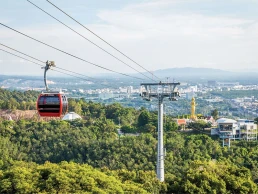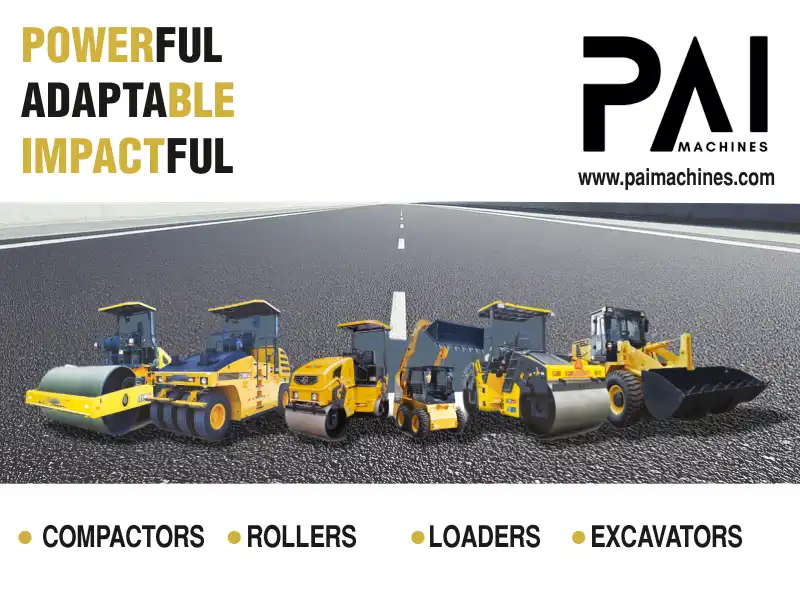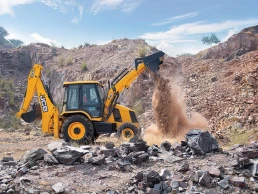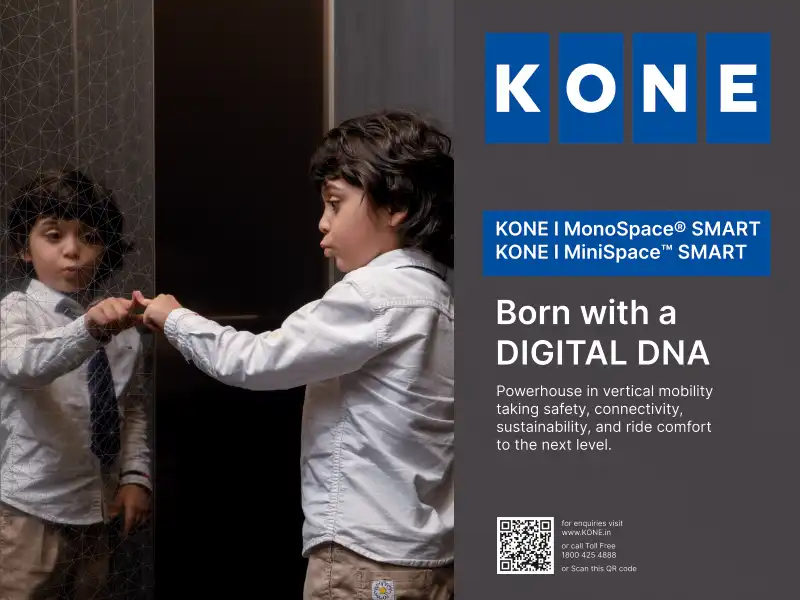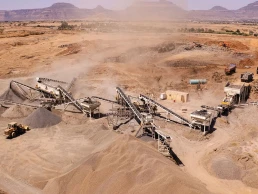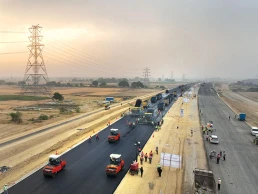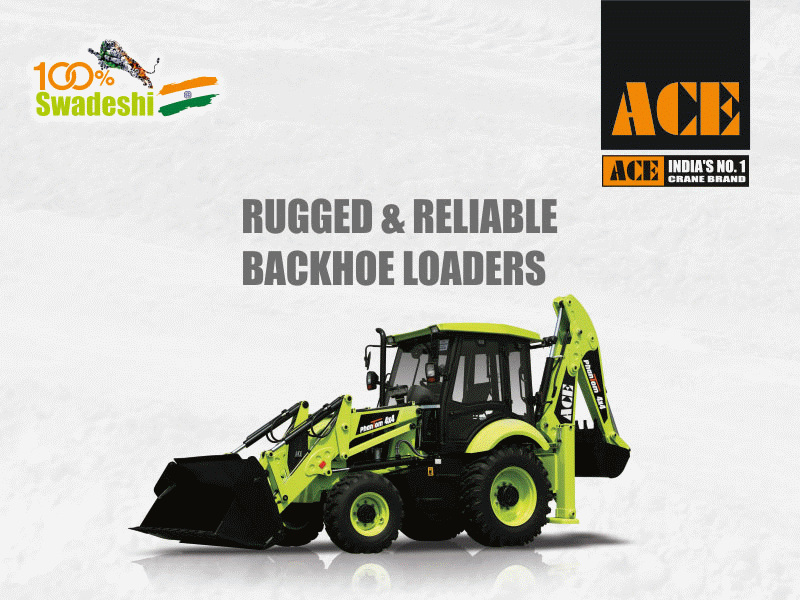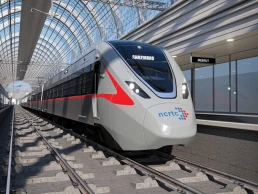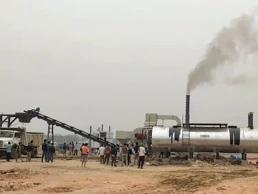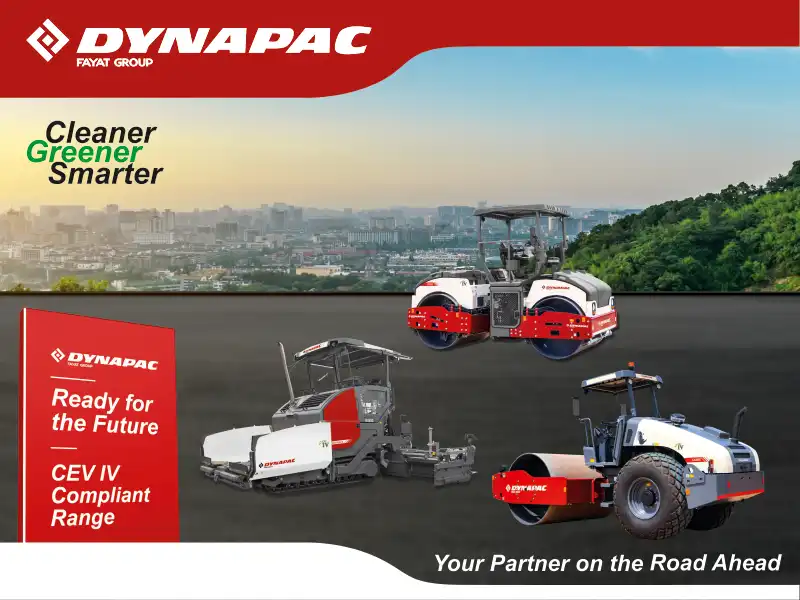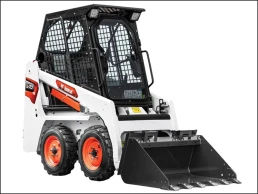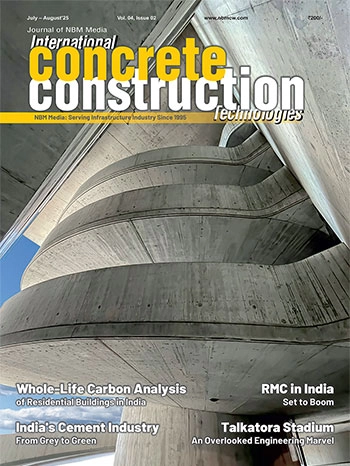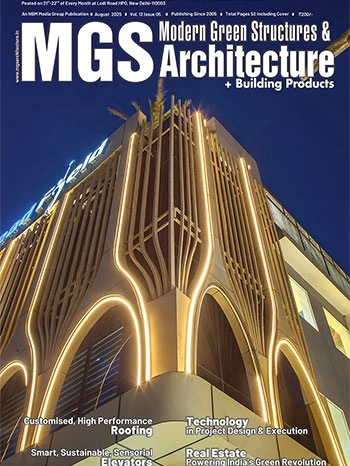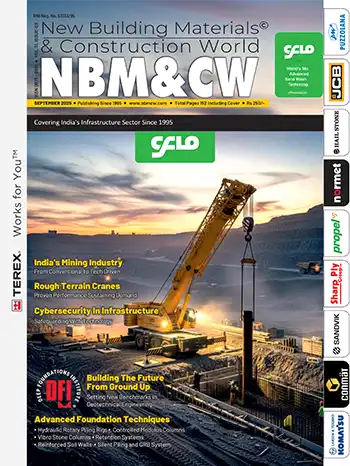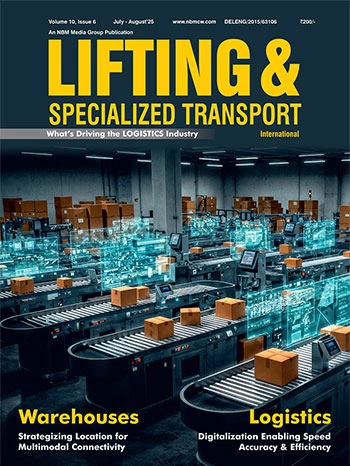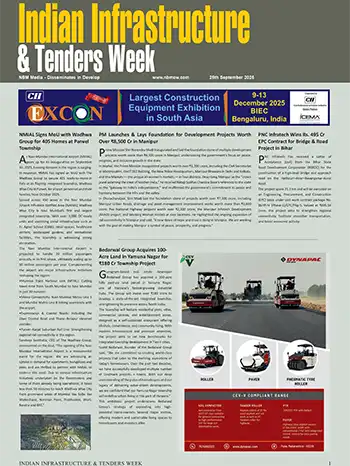Liebherr Introduces Safer Single-Crane Lifting Solution for Long Loads & Floating Platforms
Liebherr-Werk Nenzing GmbH has developed innovative lifting solutions for its LR series crawler cranes (130–400 tonnes capacity) to improve safety and efficiency in complex lifting scenarios, especially on floating platforms or when handling long, heavy loads.

Traditionally, such operations required tandem lifts involving two crawler cranes working in tight spaces, demanding high coordination and incurring added costs. Liebherr’s new pile-tilting device eliminates the need for tandem lifts by enabling a single crane to safely tilt or rotate loads up to 90 tonnes from horizontal to vertical using standard crane controls.
This advanced system replaces the rope pulley set on the boom and uses two independently or synchronously controlled hoisting winches to minimize swaying. As the pile-tilting device aligns with the original pulley axis, crane geometry and load measurement remain unchanged, ensuring continuous load moment limitation and safer lifting without sacrificing capacity.
Lifting operation with the pile-tilting device increases safety since the number of people in the danger zone is reduced. Furthermore, it is much more sustainable in terms of diesel consumption, emissions and transport costs. The advantage of only needing space for one crane instead of two is particularly evident in densely built-up urban areas. The pile-tilting device can be attached to all compatible crawler cranes in the LR series with lifting capacities from 130 to 400 tonnes, including those from older generations.
Floating unit operation
When lifting on floating structures, the operating personnel are faced with several challenges: When the crane swings and the load is lifted or set down, the change in the centre of gravity and the total weight (crane plus load) results in a change in the inclination of the barge or pontoon (list). This results in diagonal pull, which can lead to uncontrolled swaying of the load and to an overloading of the crane. When setting down the load with a small radius, the maximum angle of the jib can be exceeded due to the crane’s centre of gravity shifting to the rear, resulting in the risk of the crane tipping over.
Usually, only load charts on paper are available for operation on a floating unit – without implementing a load moment limitation on the control system. However, safe operation based solely on paper load charts is extremely difficult, as different load moments of the crane result in different listing of the barge. This effect is amplified when the crane swings because the barge usually has different longitudinal and transverse listing angles for the same load moment.
To improve the safety of crane operations on floating structures and to simplify their operation, Liebherr has developed a special operating mode for this purpose. The operating mode contains load curves for different inclinations (0°, 1°, 2°, 3°) with corresponding protection via the load moment limitation. The inclination of the floating unit is monitored during the entire operation and displayed to the operating personnel. If the permissible limit value is exceeded, a warning is issued and the operating personnel can adjust the load curves according to the respective inclination. Additionally, it prevents the maximum boom angle from being exceeded when the load is set down.
The assistance system ‘vertical line finder’ is part of the new safety concept. This ensures that the crane’s boom head is automatically moved over the centre of gravity of the load to be lifted. This prevents the load swaying and possible contact with obstacles, as well as people. At the touch of a button, this system enables the crane driver to avoid diagonal pull – especially those caused by changes in the inclination of the floating unit as a result of the shift in the centre of gravity when lifting and setting down the load. The service life of the crane is also extended through lower dynamic forces on the boom.


































